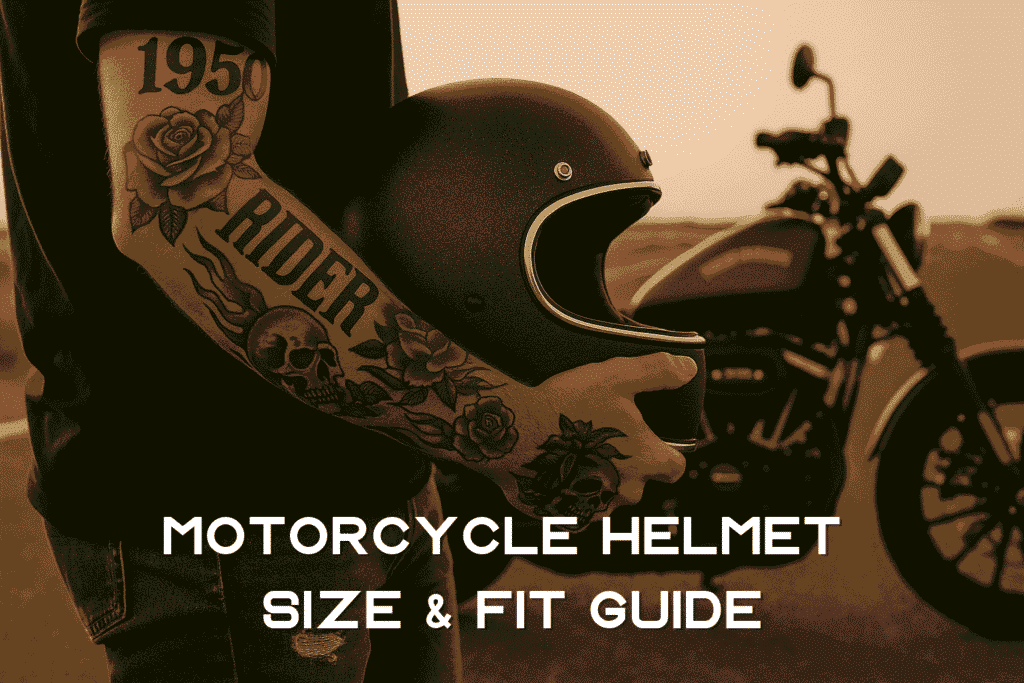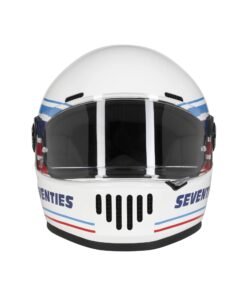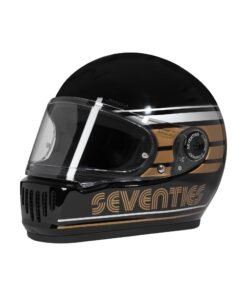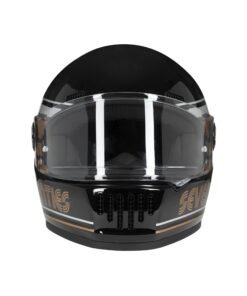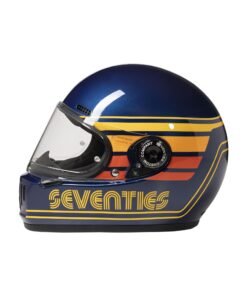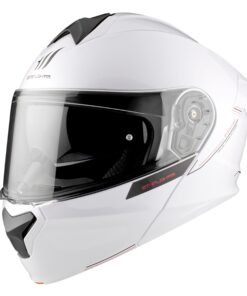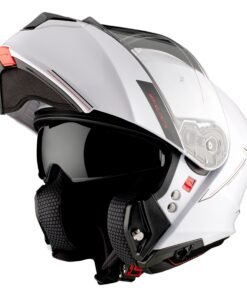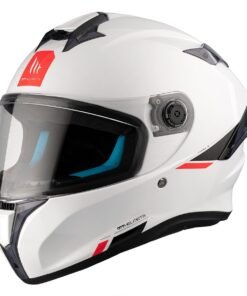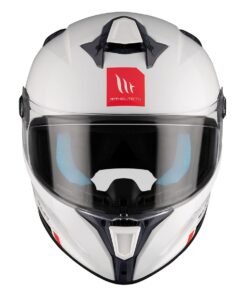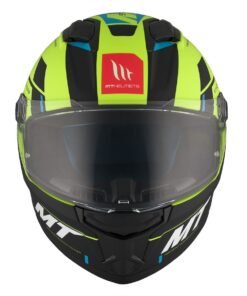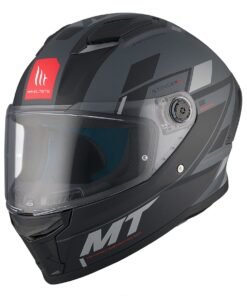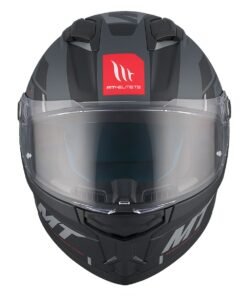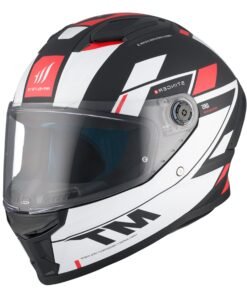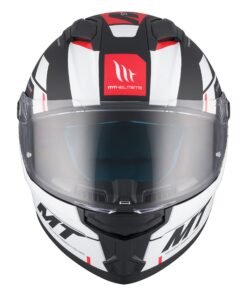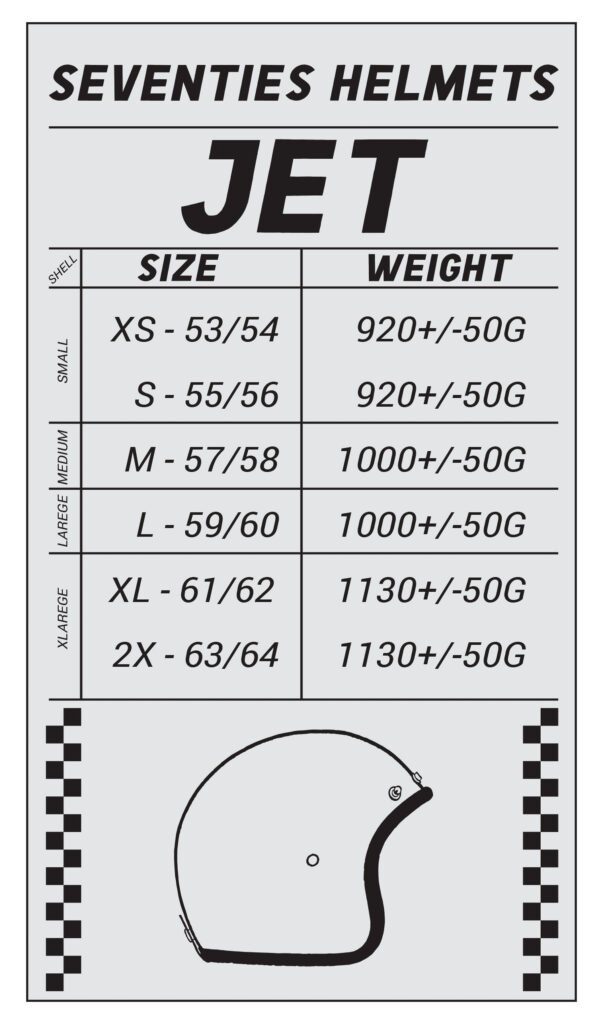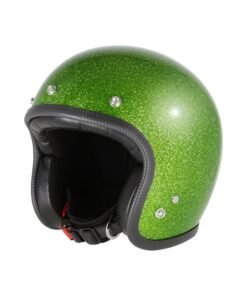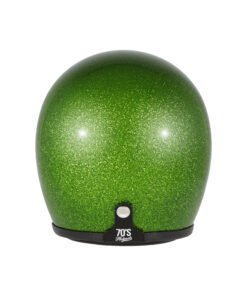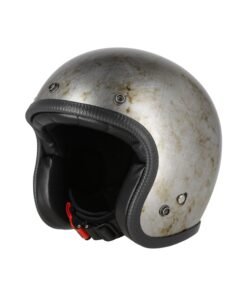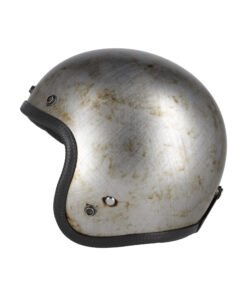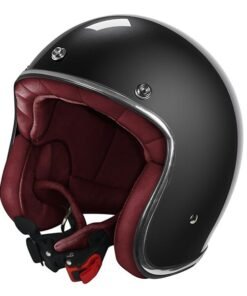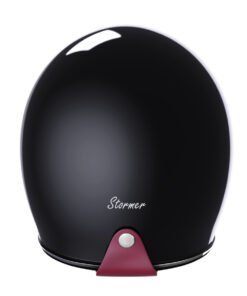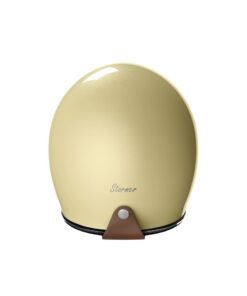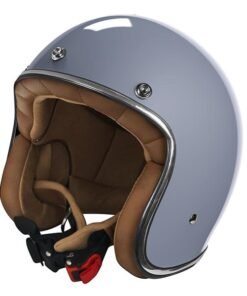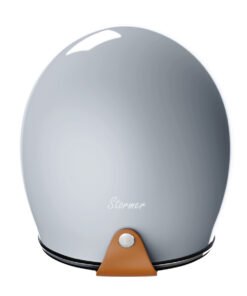Uncategorized
Motorcycle Helmet Size & Fit Guide
Motorcycle helmets are not just about style – the right size and fit can literally save your life on the road. Whether you ride across Europe’s highways, explore the Alps, or cruise along the Mediterranean coast, choosing the correct helmet size is crucial for comfort and safety.
Why Helmet Fit Matters
A helmet that’s too loose can shift during impact, while one that’s too tight can cause headaches and fatigue on long rides. The goal is to find the balance between comfort and maximum protection.
👉 Rider District helmet collection
How to Measure Your Head Correctly
Step 1: Use a Measuring Tape
Place a soft measuring tape about 2.5 cm above your eyebrows and wrap it around the widest part of your head.
Step 2: Check the Helmet Size Chart
European helmets often follow ECE 22.06 standards, so always compare your head measurement with the brand’s official size chart.
Helmet Fit Test Checklist
The helmet should sit snugly all around your head.
Cheek pads should touch your cheeks firmly, but not painfully.
When you shake your head, the helmet should not move independently.
Fasten the chin strap – only two fingers should fit between your chin and the strap.
Common Fit Issues & Fixes
Pressure Points
If you feel pain on your forehead or temples, the helmet is too small.
Helmet Lifts at High Speed
This means the helmet is too large or the strap is not adjusted properly.
Cheek Pads Too Tight
Most European brands offer replaceable cheek pads to fine-tune the fit.
European Helmet Brands Known for Fit
70’s Helmets – retro style with modern fit.
Premier Helmets – Italian craftsmanship, great for long-distance touring.
MT Helmets – affordable, ECE-approved, widely available across Europe.

Pro Tips for Choosing Your Size
Always try the helmet on with your usual riding gear (like a balaclava or glasses).
Remember that new helmets will loosen slightly after 10–15 hours of riding.
If you’re between two sizes, go for the smaller one – helmets should fit tight at first.


